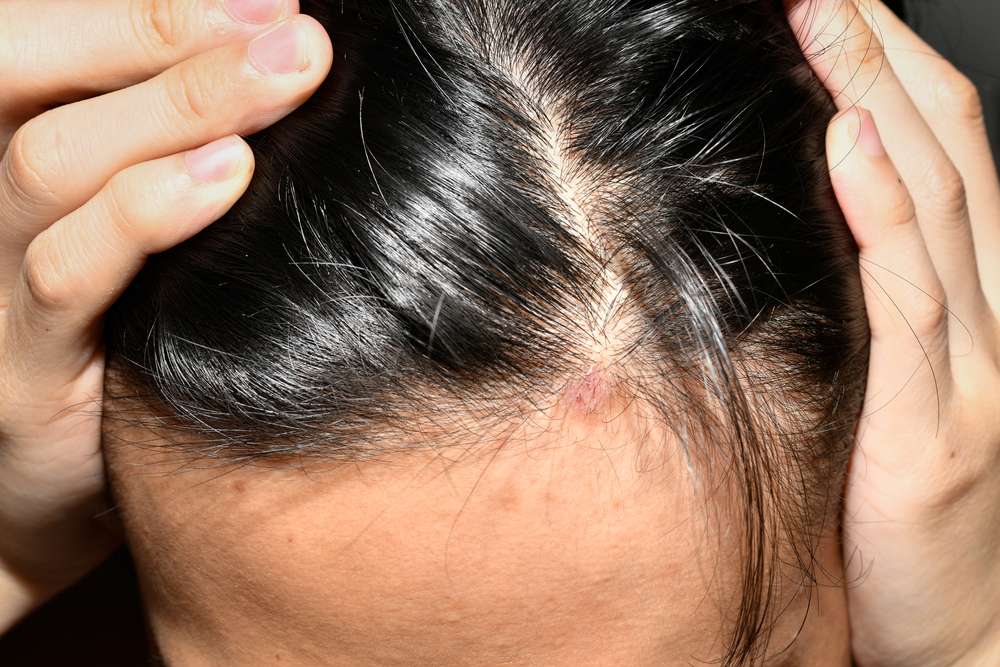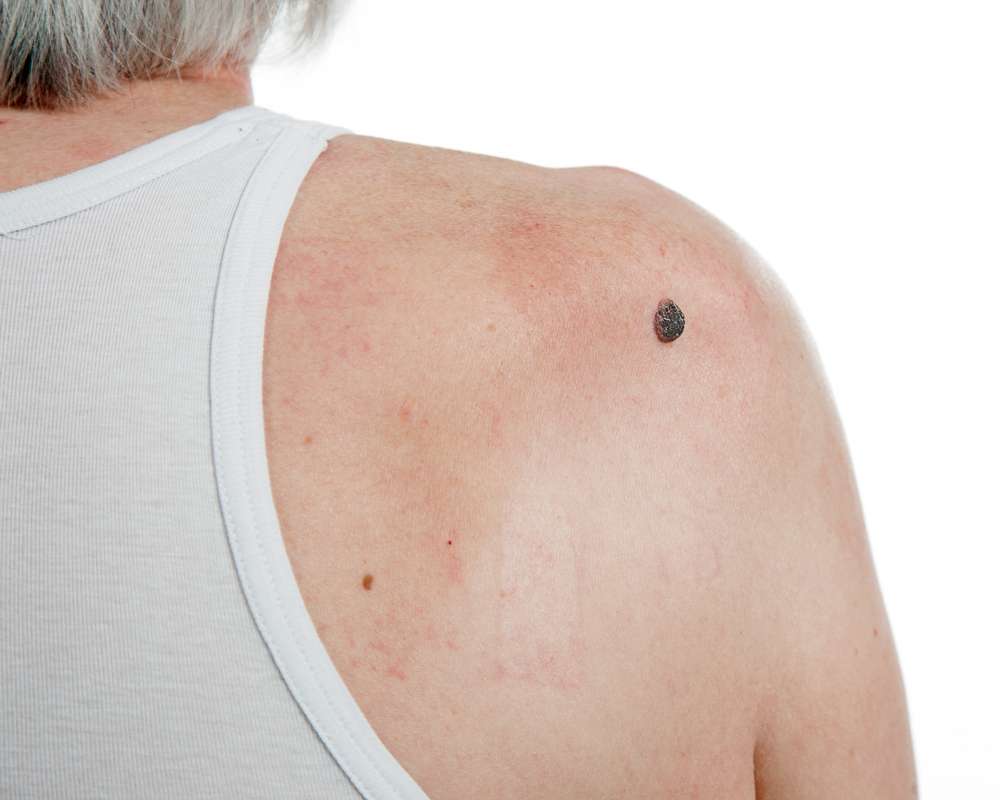Scalp Psoriasis Explained: What Causes It and How to Treat It
Dealing with constant itching, flaking, or thick patches on your scalp? It could be more than dandruff—it might be scalp psoriasis. This common autoimmune condition can lead to irritation, embarrassment, and even hair thinning if ignored. In this guide, you'll discover what causes it, how to spot early symptoms, and which soothing treatments actually work. Whether you're newly diagnosed or tired of recurring flare-ups, here’s your path to a calmer, healthier scalp.

What Are the Visual Signs Found in Psoriasis Pictures
Scalp psoriasis has distinctive visual characteristics that help differentiate it from other scalp conditions like dandruff or seborrheic dermatitis. In psoriasis pictures, you’ll typically notice well-defined, thick, silvery-white or reddish scales covering patches of inflamed skin. These scales may appear powdery and can extend beyond the hairline to the forehead, neck, and behind the ears. Unlike dandruff, which produces loose, small flakes, psoriasis scales tend to be thicker and more adherent to the scalp. In severe cases, photographs may reveal cracked skin that can bleed when scales are removed, a phenomenon known as the Auspitz sign. Another visual indicator is the presence of clearly demarcated borders between affected and unaffected skin areas, creating a map-like pattern across the scalp.
Understanding Pictures of Plaque Psoriasis on the Scalp
Plaque psoriasis is the most common form affecting the scalp and has specific visual characteristics. In pictures, scalp plaque psoriasis typically appears as raised, well-defined patches covered with thick, silvery-white scales. These plaques can vary in size—from small, isolated spots to large areas covering significant portions of the scalp. The plaques often cause the surrounding skin to appear red and inflamed. One distinguishing feature seen in photographs is how the scales can become entangled with hair shafts, sometimes creating a matted appearance in severe cases. Pictures may also reveal that scalp plaques can be thicker and more stubborn than those appearing elsewhere on the body, partly because hair can trap moisture and medication, making treatment more challenging. In some images, you might notice that severe scaling can lead to temporary hair thinning or loss in affected areas, though hair typically regrows once the inflammation subsides.
Why Scalp Psoriasis Picking Worsens the Condition
Many people with scalp psoriasis experience intense itching that triggers an urge to scratch or pick at the scales, but this behavior can significantly exacerbate the condition. Picking at psoriasis plaques damages the skin and triggers what dermatologists call the Koebner phenomenon—the development of new psoriatic lesions at sites of skin trauma. This creates a vicious cycle: picking leads to skin injury, which prompts the immune system to send more inflammatory cells to the area, resulting in new or expanded plaques. Additionally, scratching introduces bacteria from fingernails into open wounds, potentially causing secondary infections that require additional treatment. The mechanical action of picking also removes the protective barrier of the skin, increasing moisture loss and worsening dryness. Psychologically, the temporary relief from picking often leads to feelings of guilt and frustration when the condition invariably worsens, creating emotional stress—itself a known trigger for psoriasis flares.
Root Causes and Triggers of Scalp Psoriasis
Scalp psoriasis develops from a complex interplay of genetic predisposition and environmental factors. At its core is an accelerated skin cell production process, where cells that normally take 28 days to mature and shed complete this cycle in just 3-4 days. This rapid turnover creates the characteristic scaling and inflammation. Genetics play a substantial role, with approximately 40% of individuals with psoriasis reporting a family history of the condition. Specific immune system dysfunction, particularly involving T-cells and inflammatory cytokines like tumor necrosis factor-alpha (TNF-α) and interleukins, drives the inflammatory response.
Beyond these foundational causes, several triggers can initiate flares or worsen existing symptoms. Stress stands out as a significant trigger, with many patients reporting onset or exacerbation during periods of high psychological stress. Certain medications, including beta-blockers, antimalarials, and lithium, can induce or worsen psoriasis. Skin injuries—even minor ones like sunburns or scratches—can trigger new lesions through the Koebner phenomenon. Infections, particularly streptococcal throat infections, have been linked to guttate psoriasis, which can affect the scalp. Weather conditions, especially cold, dry climates, typically aggravate symptoms, while humidity and sunlight often provide relief for many patients. Finally, lifestyle factors like smoking and excessive alcohol consumption have been associated with increased severity and treatment resistance.
Treatment Options and Management Strategies
Managing scalp psoriasis requires a multi-faceted approach that often combines medications with lifestyle modifications. Topical treatments form the first line of defense and include corticosteroids to reduce inflammation and calm immune response, calcineurin inhibitors that suppress local immune activity, vitamin D analogs like calcipotriene that slow skin cell growth, and coal tar formulations that reduce scaling, itching, and inflammation. For more resistant cases, dermatologists might prescribe systemic medications such as methotrexate, cyclosporine, or newer biologic drugs that target specific components of the immune system involved in psoriasis.
Specialized medicated shampoos containing ingredients like salicylic acid (to remove scales), coal tar, or ketoconazole can be highly effective when used regularly. Most dermatologists recommend leaving these products on the scalp for 5-10 minutes before rinsing to maximize effectiveness. Non-medical approaches can also provide significant relief—regular use of moisturizing conditioners helps combat dryness, while gentle brushing with a soft brush can help remove scales without traumatizing the skin. Many patients benefit from phototherapy, where controlled exposure to UVB light slows rapid cell growth.
Home remedies that complement medical treatments include applying aloe vera gel for its soothing properties, using tea tree oil (diluted) for its anti-inflammatory effects, and cold water rinses to reduce itching. Stress management techniques such as meditation, yoga, and adequate sleep are important components of long-term management, as stress is a known trigger for flares. Nutritional approaches, particularly anti-inflammatory diets that limit processed foods, may help some patients manage symptoms, though research in this area is still evolving.
This article is for informational purposes only and should not be considered medical advice. Please consult a qualified healthcare professional for personalized guidance and treatment.




